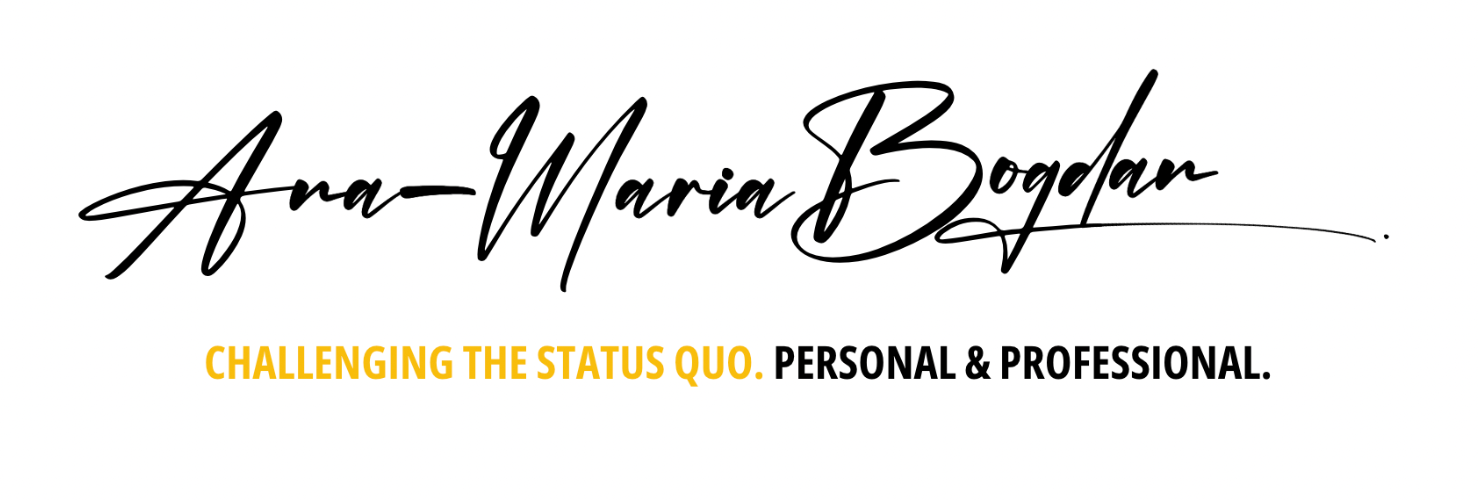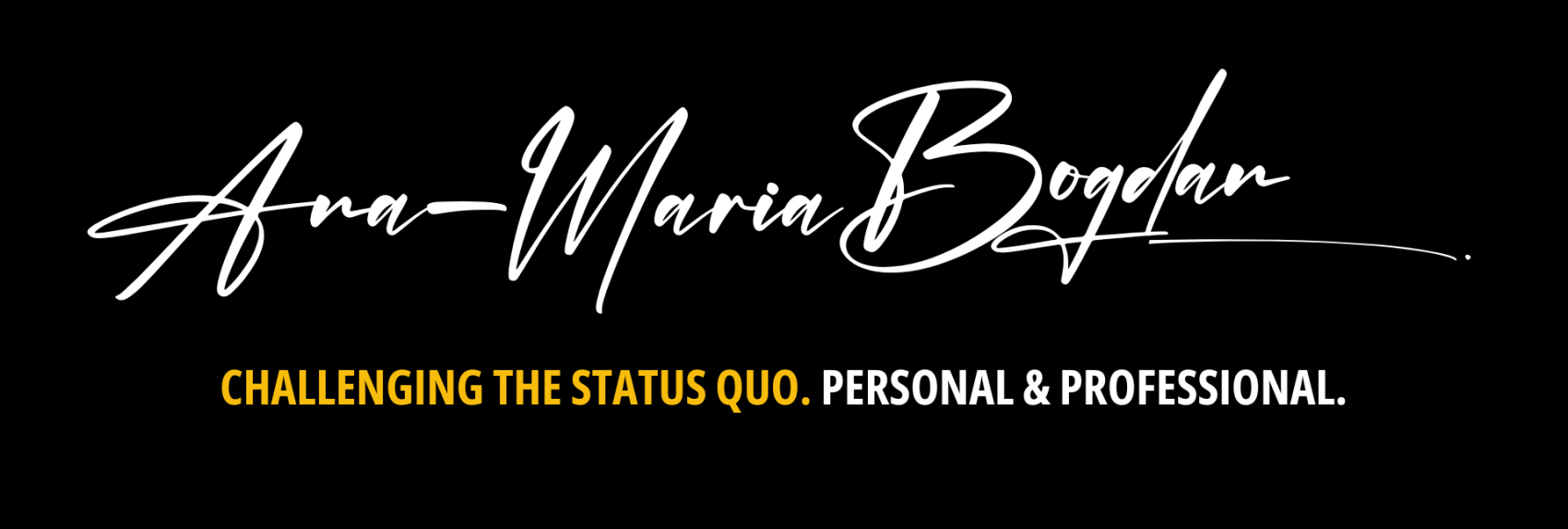When I wrote When Fashion Designers Forget to #givecredit article, I promised I will come back with a story about “the suman”. It’s a piece of the Romanian traditional costume which Tory Burch used in her 2018 Resort Collection without giving credit to its source of inspiration.
This article gives you a better understading of the history of the suman. Plus, bring to your attention few things that Tory Burch and many other designers probably have no idea about:
- Almost 100 years ago, so, way they discovered the beautiful Romanian suman, there was an extraordinary woman who promoted it. Her name is Queen Marie of Romania!
- There are important museums around the world which have in their exhibitions for tens of years some amazing sumans, vests, coats and entire Romanian folk costume;
- Few years prior to Tory Burch, Ioana Corduneanu and Alina Elena Iancovik, two Romanian designers, used the suman and its stylish intricated black embroidery as a source of inspiration. And they did all this not just by giving credit, but also but reinterpreting it.
The Romanian SUMAN
“Suman” – that’s how Romanians call it for some hundred of years; it comes from the Bulgarian word “sukmanŭ”, meaning peasant coat.The suman was wore (and still are) by both women and men in various regions of Romania during autumn-winter time. In the old days, it was hand-made 100% by women of all ages. Passing the art of weaving and embroidery was done from generation to generation along with all the hidden meanings of the symbols and patterns.
These were hand woven from wool and embroided by women. The embroided symbols and colors may vary depending on the region, yet black is the dominant color of the embroidery.
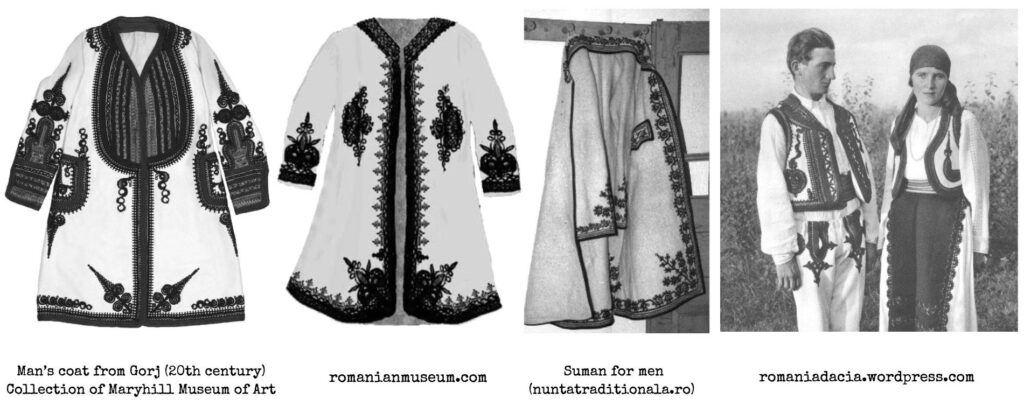

The Suman fit for a Queen
Queen Marie of Romania
Five years ago I posted a story — Falling in Love with My Romanian IA, depicting Queen Marie of Romania, the 22th granddaughter of Queen Victoria. She married Prince Karl of Hohenzollern-Sigmaringen, Prince of Romania and followed him to Bucharest.
She came at a very young age to a foreign country, full of hopes and questions, not knowing much about Romanians. She fell in love with the people and their heritage.
Yet, God gave some of His greatest gifts a Queen can enjoy. A country which became her heart’s home. Traditions, customs and beautiful landscapes which inspired her to write about and fight for Romania. The love a nation who honours and remembers her even today.
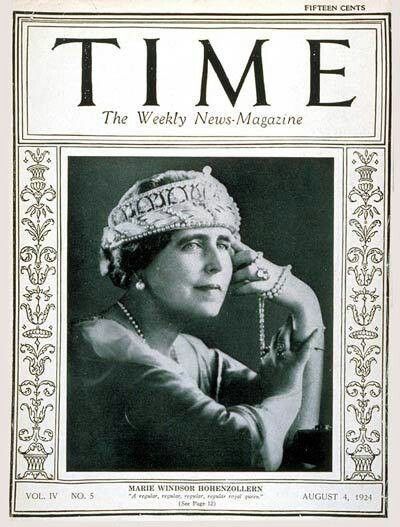
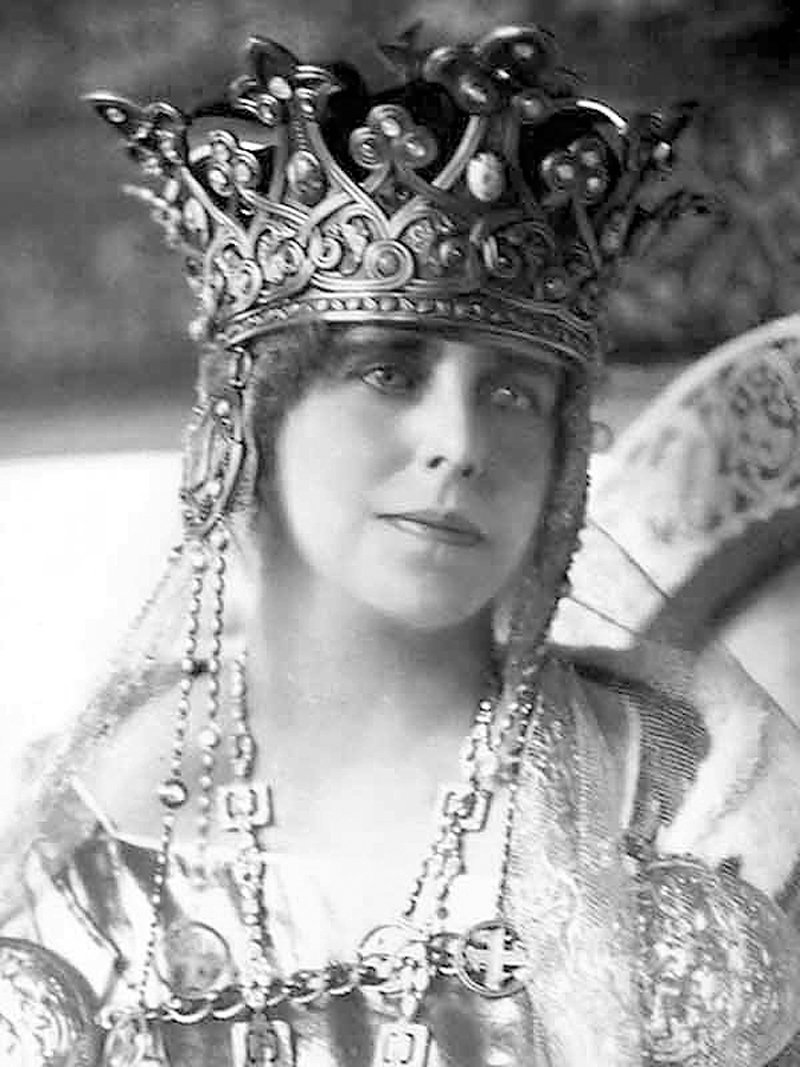
And, if you knew her story, you would know that the above quote is an extremely accurate representation of the truth. Queen Mary found inspiration in our cultural heritage and in return she inspired us back. She was a queen proud to wear her adoptive country’s folk costume. And, as you can see Queen Mary and her daughters were extremely proud to wear the Romanian suman.

There are hundreds of pictures of the Queen wearing the out national costume. The picture above is just one proving how she passed on her love for the folk costume to all her daughters. It’s also shows you the sumans and the IAs made especially for the Romanian Royal family.
In many of the pictures I have mentioned, Queen Marie appears proudly wearing a suman she had made for her. It was a much modern interpretation and cut of the traditional Romanian suman.
The Romanian suman - on display for the world to see
Maryhill Museum of Art
Sumans, vests and other clothing pieces of similar type of embroidery continued to be made and wore without interruption for hundreds of years. Their beauty and amazing embroidery turned them into real treasures for museums around the world. And I picked two of these museums which started collecting various pieces of the Romanian folk costumes since the beginning of the 20th century.
Not by chance, I shall start with Maryhill Museum of Art (Portland, US), one of the Pacific Northwest’s most enchanting cultural destinations. It is housed in a Beaux Arts mansion on 5,300 acres high above the Columbia River.
The museum was founded Northwest entrepreneur and visionary Samuel Hill (1857 – 1931). Lawyer, railroad executive and “an eccentric Washington State millionaire with a passion for the Columbia Gorge”, as Oregon Portland Encyclopedia contributor Kristine Deacon calls him, Samuel Hill substantially influenced the economic development of the Pacific Northwest region in the early 20th century. He purchased the property and began building the house with dreams of establishing a Quaker farming community. When the goal proved untenable, Hill was encouraged by friends actresses Loïe Fuller, Queen Marie of Romania, and Alma de Bretteville Spreckles to establish a museum. And so he did, despite all challenges he had to face.

An ambitious visionary and “inveterate globetrotter”, Sam Hill was a long-time friend of Queen Marie of Romania. Besides being considered one the most beautiful royals of Europe, she was an influential monarchs and political figures of Europe at that time. Therefore, it is no wonder that her visit to the United States (1926), prompted a media frenzy like no other. On November 3, at Samuel Hill’s invitation, she presided over the yet-unfinished Maryhill Museum of Art’s dedication ceremony. Later on, in her diary Queen Marie called Maryhill:
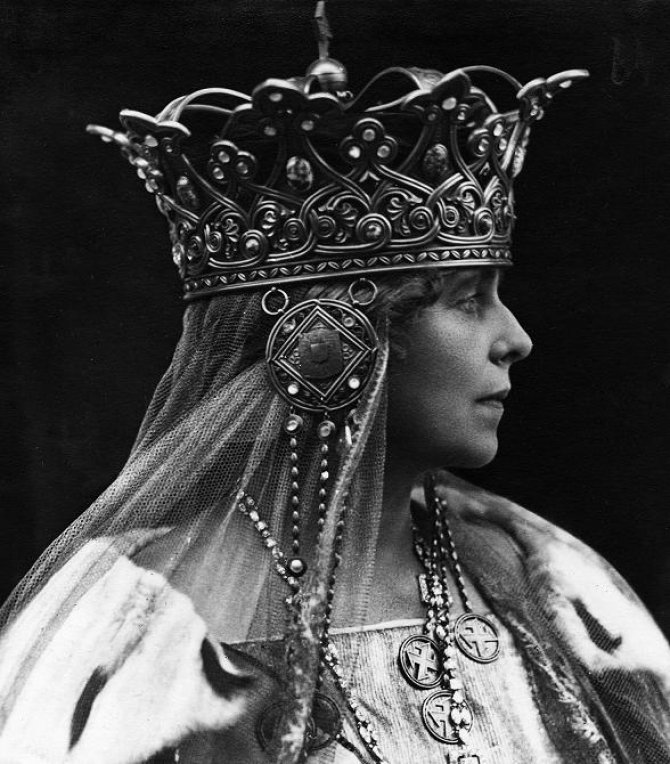
On this occasion, Queen Marie donated more than 100 works of art and personal items to the museum. This donation included
For those who would love to explore the story of the Queen’s Marie Collection, I warmly invite you to watch this short video.
Queen Marie of Romania’s gift served as the basis of what today is an impressive collection of over 450 pieces of Romanian folk costumes, textiles, icons, paintings, manuscripts.
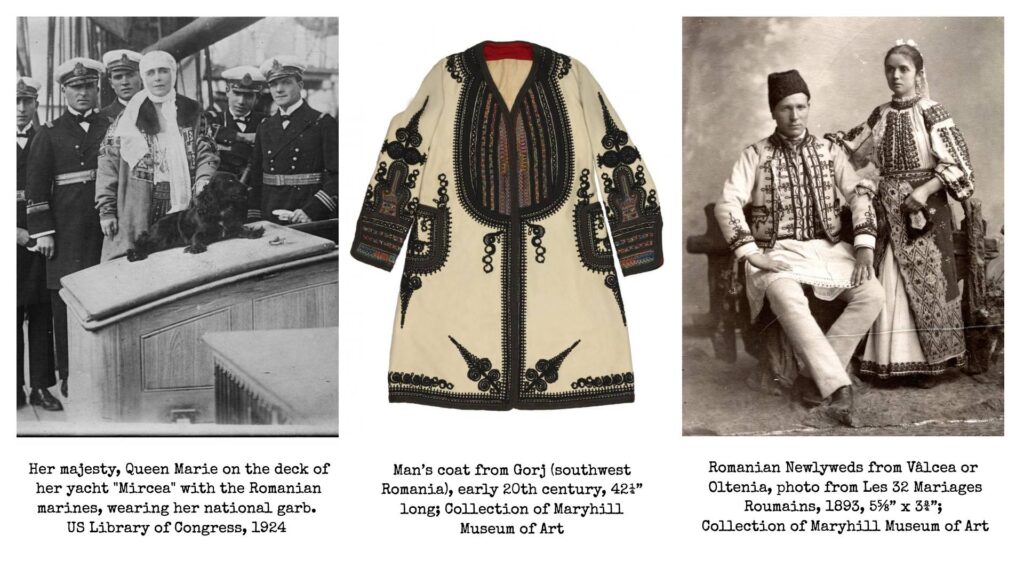
Last but not least important, in January 2020, Maryhill Museum of Art announced that it will open its 80th anniversary season on March 15 a special Romanian Textiles Exhibition.
“A Particular Beauty: Romanian Folk Clothing” Exhibition features 20 fully dressed mannequins and numerous individual garments including coats, chemises, blouses, and vests. Visitors can admire a variety of Romanian embroidery techniques, mediums, and styles. According to Curator of Art Steve Grafe, “This marks the first time that we have mounted an exhibition of this scale of Romanian textiles. (…) It will give the public an opportunity to see many objects that we have recently acquired as well as pieces that were gifted to the museum when it was first established.”
The Romanian suman - on display for the world to see
Horniman Museum & Gardens
Sumans, vests and other clothing pieces of similar type of embroidery continued to be made and wore without interruption for hundreds of years. Their beauty and amazing embroidery turned them into real treasures for museums around the world. And I picked two of these museums which started collecting various pieces of the Romanian folk costumes since the beginning of the 20th century.
Opened to the public since Victorian times and located in South of London (UK), The Horniman Museum & Gardens mission is to connect us all with global cultures and the natural environment. It’s on Horniman website photo gallery I found these amazing Romanian sumans, coats and vests. Photo credits belong to Horniman, I only put it together in these collages for you to enjoy.

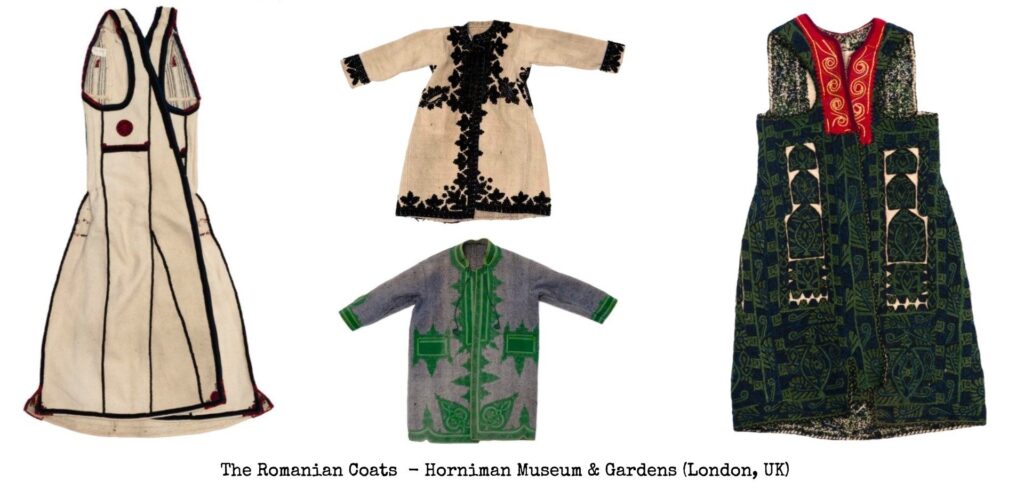
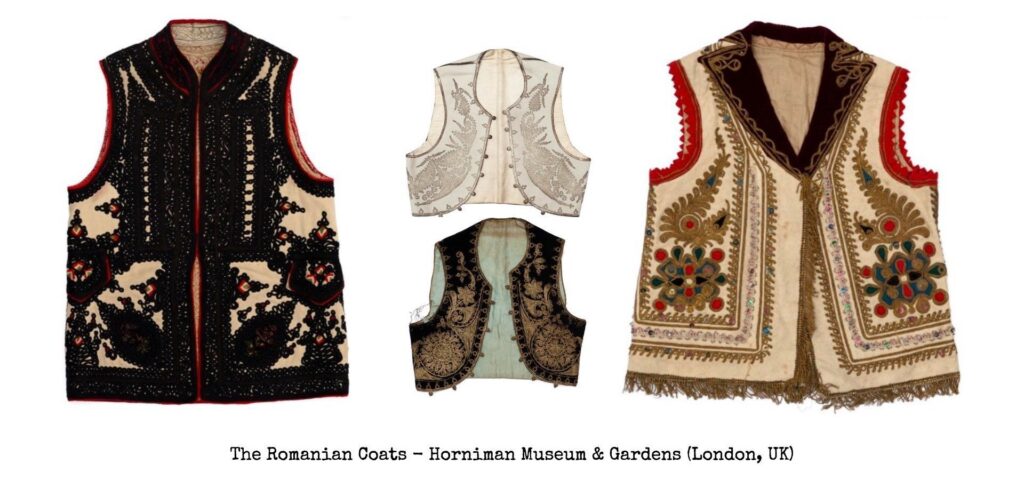
The Romanian National Rugby Team
Ioana Corduneanu
Graduating “Ion Mincu Institute of Architecture” (Bucharest), Ioana Corduneanu is recognized in Romania as one of the most important contributors for preserving the tradition of the national folk costume. Many years ago she launched Semne Cusute project where she meticulously started documenting the symbols and patterns embroided by the Romanian women from all corners of the country on their family’s folk costumes.
The reason I mention has to do with the fact that she was one of the first to bring back to the attention of the international and local public the Romanian suman. And this is the story of how she did.
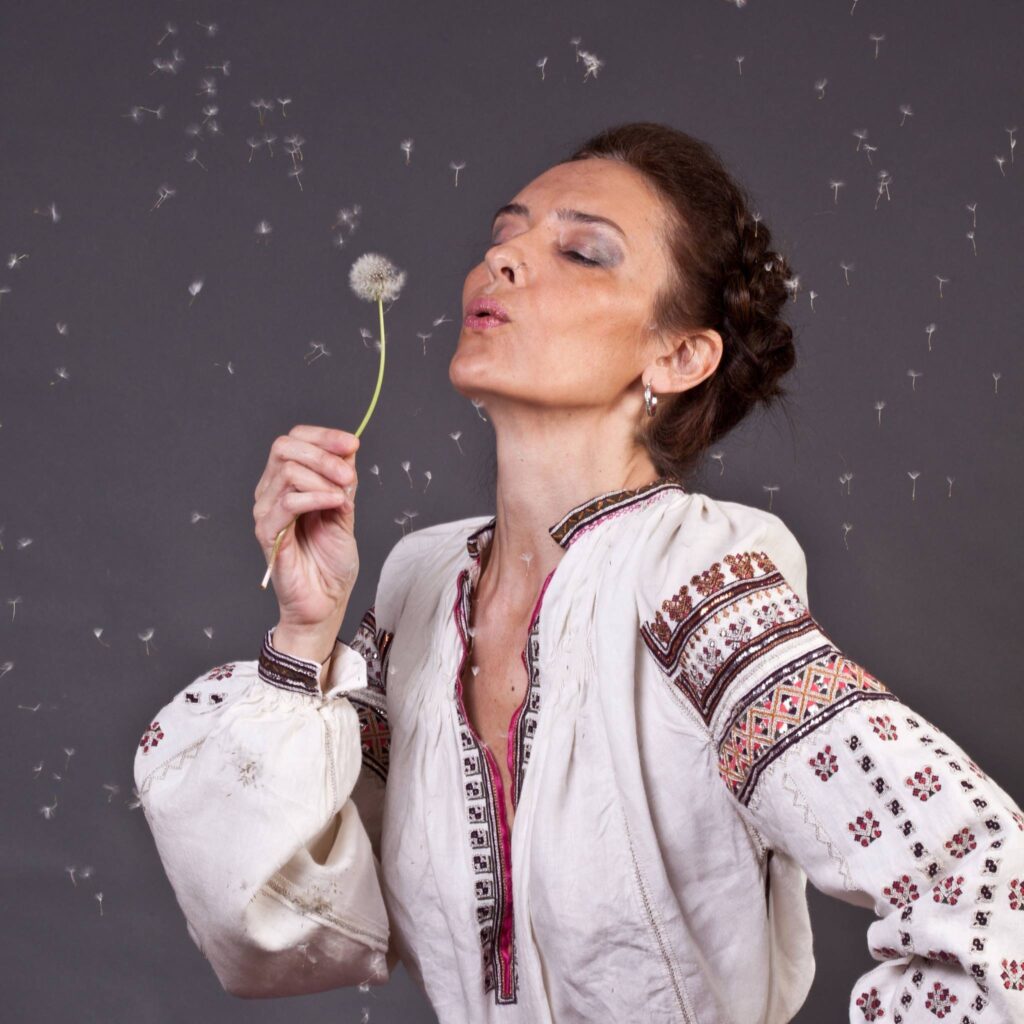
On December 17, 2013, the Romanian Rugby Federation officially announced the long-term partnership with Semne Cusute Association founded by Corduneanu. This meant that starting the beginning of 2014 Stejarii, the Romanian national rugby team will wear the symbols of the Romanian traditional culture on their equipment.
When asked about this initiative, Lucian Lori, Communication & Marketing Director of the Romanian Rugby Federation, said: “We wish Stejarii to be the essence of what Romanian means. We all know the sport is the best ambassador and we would like to take advantage of this opportunity and show the world proofs of our culture. Out of the dozens of Romanian traditional motifs, we chose the strongest ones for what they signify inspires us. Moreover, the symbol we chose for 2014 will be embroidered on the t-shirt to strengthen the message linked with the preservation of our tradition.”
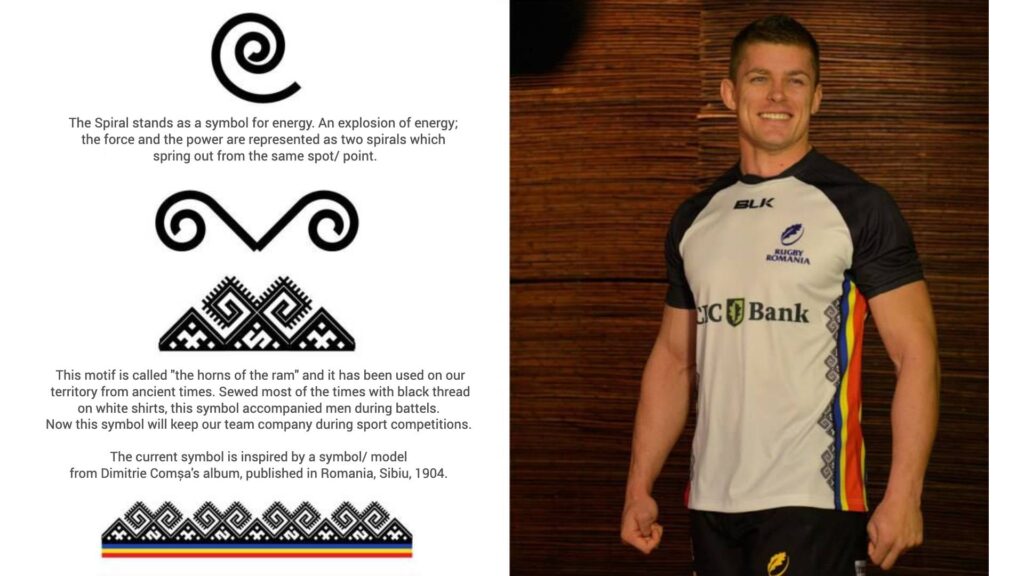

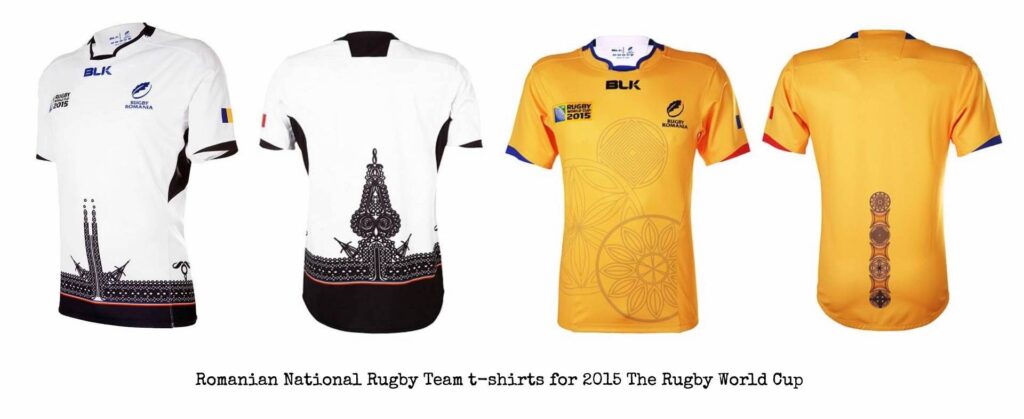
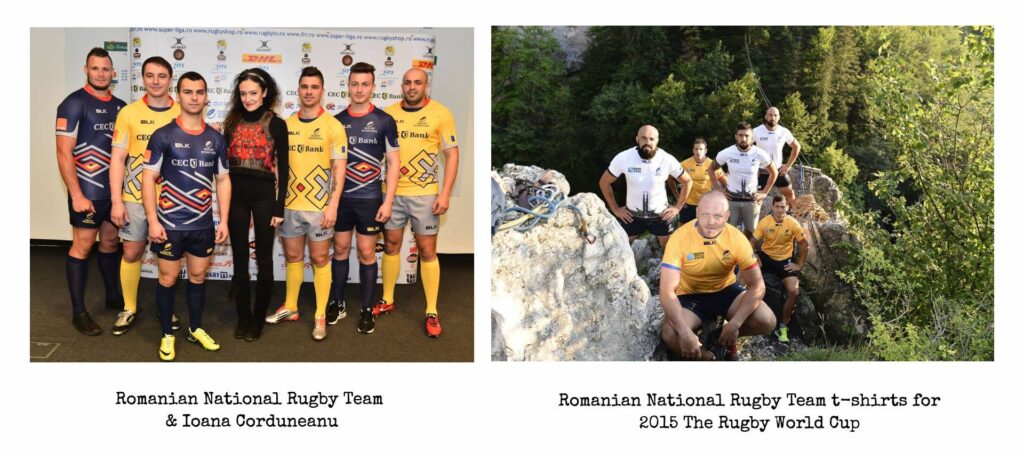
IIANA 2015 - Queen Marie Suman
Alina Elena Iankovic
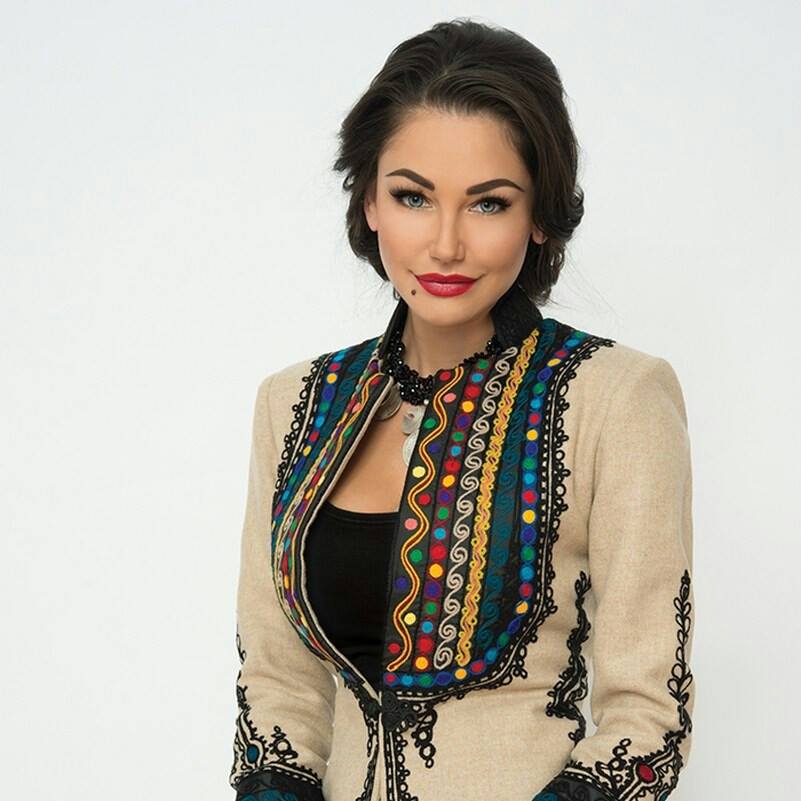
Back in 2015, Alina Elena Isakovic, founder of IIANA, an online fashion shop brand of ethnic inspiration, revived the classic peasant winter coat called “suman”. Back in 2015, Alina Elena Isakovic, founder of IIANA, an online fashion shop brand of ethnic inspiration, revived the classic peasant winter coat called “suman”.
It is not by chance that now I bring to your attention IIANA’s 2015 collection. Yes, it has everything to do with Tory Burch copy-cat Romanian suman.

One of the pieces is a suman named “Queen Marie”. It makes a meaningful connection with Queen Marie of Romania, one of the most elegant and influential royals of her time. The pictures are self-explanatory, yet I added a few details below.
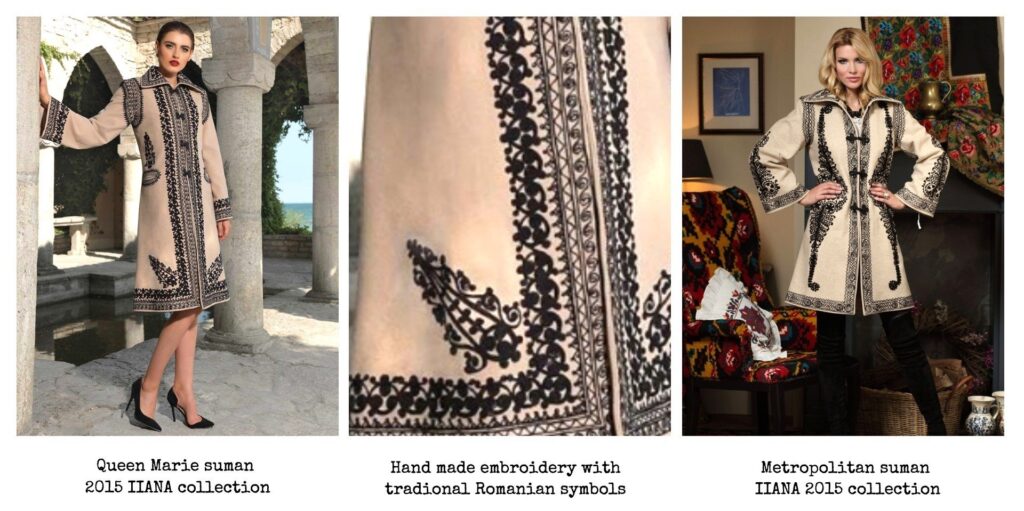
It is worth mentioning that all these pieces use natural fabrics and the hand made embroidery is mostly by local artisans in Gorj area, Oltenia. It’s a region well-known for the suman both men and women wear for centuries. This means a lot when it comes to preserving the authenticity of the embroidery and respect for what it means. As you know, symbols carry meanings and when put to together, they tell a great life story.
Just a brief conclusion
Marrying original folk pieces and modern clothing
To the present days, Queen Marie of Romania remains the greatest promoter of all times of the Romanian traditional folk costume. The sumans, the IAs, the rich and amazing folk costumes she so proudly wore were not just an inspiration for the fashion designers across the world. For Her Majesty, wearing the Romanian folk costumes was a way of connecting with the energy of the people who welcomed her as their Queen of Hearts. Queen’s Mary legacy is today carried out by fashion designers and folk costume curators such as Alin Gălățescu, Iulia Gorneanu, Ioana Corduneanu, Alina Elena Iankovic, Philippe Guilet and many others.
Bibliography:
- Corduneanu, Ioana — About me, ioanacorduneanu.com
- Clay, Henry L. — A Rumanian Quee in the West, Frontier Times, April-May 1968
- Deacon, Kristine — Queen Marie of Romania’s 1926 visit to Oregon, The Oregon Encyclopedia,
- Edwards, Tom — Queen Marie and Her 1926 Visit to the Pacific Northwest, Maryhill Magic Newsletter, 2008
- Galescu, Roxana — IIANA, eleganță cu influențe tradiționale, Fashion Premium Magazine, January 16, 2019,
- Marie, Queen of Romania — America Seen By A Queen: Queen Marie’s Diary of her 1926 Voyage to the United States of America, Bucharest, The Romanian Cultural Foundation Publishing House, 1999
- Moldovan, Medeea — Gypsey Vest – cojoc tradițional românesc, made in India, vândut de un brand celebru la un preţ exorbitant, November 19, 2018
- Neblea, Andreea — Cum a ajuns cojocul românesc să fie made in India şi vândut de un brand celebru la un preţ exorbitant, Adevărul Newspaper, November 19, 2018
- Pakula, Hannah — The Last Romantic, New York: Simon and Schuster, 1984
- Însemne solare și modelele pandurilor pe tricourile de cupă mondială, Romanian Rugby Federation, August 18, 2015
- Simboluri ale culturii românești vor fi promovate de Sttejarii începând cu 2014, Romanian Rugby Federation, December 17, 2013
- Maryhill Museum of Art Opens 80th Anniversary Season with Romanian Textiles Exhibition, Maryhill Museum of Art, January 31, 2020
- Maryhill Museum of Art, January 31, 2020
PHOTO CREDITS:
I I highly encourage you to click on these links and enjoy even more amazing images.
- Bran Castle photo gallery
- Horniman Museum & Gardens, London, United Kindom
- Maria, Queen of Romania, Maryhill Museum of Art, Portland, USA
- Romanian Rugby Federation @ Facebook Page
